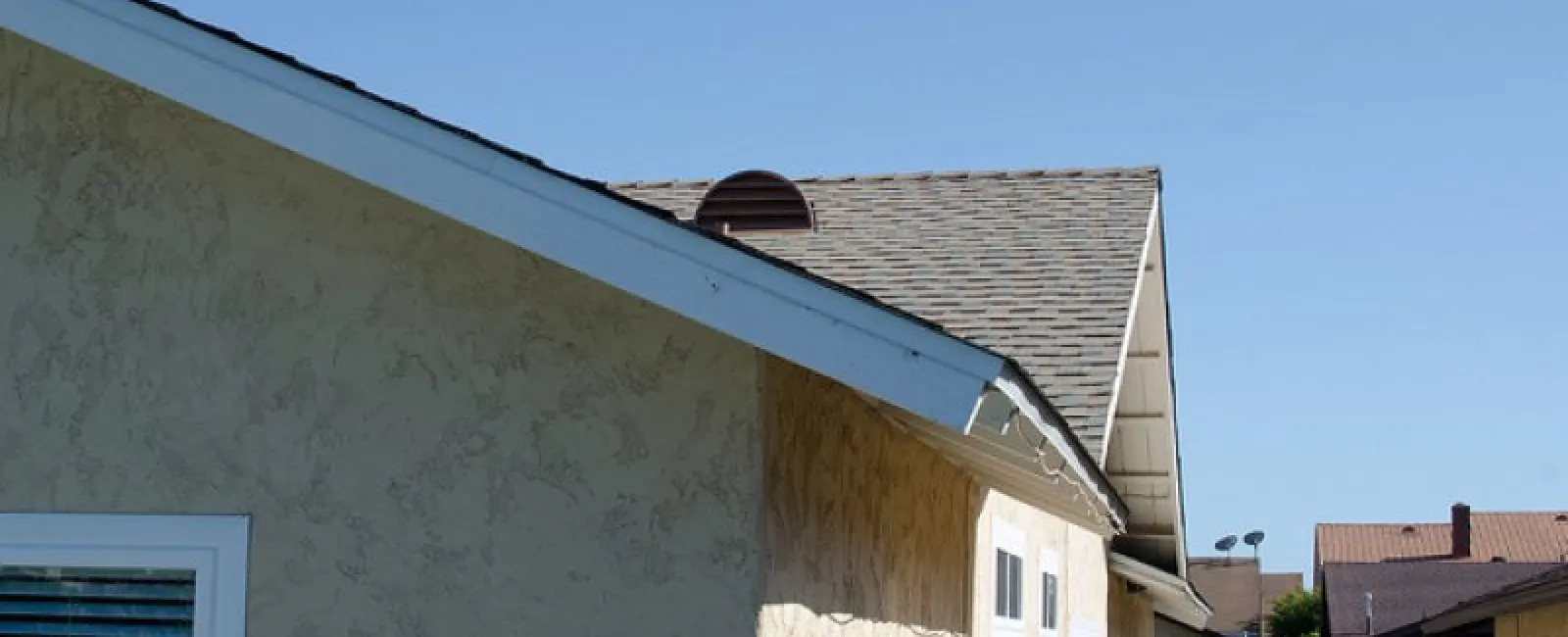Attic ventilation is a mystery for many Georgia homeowners. You know it’s necessary, but you’re not sure how much you need or which system will work best for your home. Here’s an inside look at the most commonly asked questions homeowners have about attic ventilation, along with expert answers.
Why do I need ventilation?
Without ventilation, an attic space would get very hot and humid. Such conditions can lead to roof problems with rotting and mold. In addition, the hot attic can cause damage to the roofing materials, and affect the temperature in the living spaces below it. Allowing outdoor air inside – even if it’s hot air – helps keep the temperature down through the movement of air.
How much do I need?
There is a standard calculation experts use to meet minimum requirements. Building codes call for at least 1 square foot of ventilation for every 150 square feet of attic floor. However, if your attic employs ridge and intake vents, you’ll need to up that amount to 300 square feet of attic space per 1 foot of ventilation.
What system works best?
For many homeowners, the optimal system will provide a balanced supply of intake vents at the roof’s lower edge, while achieving exhaust ventilation at the roof’s peak or ridge. This formation allows for an effective airflow, whereby air can enter at the bottom of the attic, and push warm air out of the top vents, assisted by that natural flow of air rising to the top of the attic.
How does the attic stay dry?
Most venting systems are designed in such a way to prevent severe weather from affecting the attic. Vents generally have a baffle on the exterior to prevent rain, snow or ice from penetrating through them.
How does insulation work with ventilation?
You should insulate your attic to recommended guidelines, ensuring that the insulation does not block vents. Sufficient airflow cannot be achieved if insulation lines the vents.
Is my roof pitch too steep or too low for vents to work?
The pitch of your roof shouldn’t have any effect on the function of the venting system. Regardless of pitch, air hits the home at the vents on the lower part of the roof, enter the attic, and the move upward through the ridge vent.
Will attic ventilation prevent ice dams?
Ventilation helps you avoid ice dams. Not usually a significant problem in warmer climates, as snow or ice forms on the roof, warm temperature there causes it to quickly melt. As the melting snow moves toward the cooler roof edges, it refreezes. You’ll see the telltale signs of icicles forming off the gutters. What you don’t see is moisture that seeps into the roof’s structure, causing damage. When ventilation keeps the attic cooler in winter, it prevents ice dams.
Talk to the experts at Findlay Roofing about attic ventilation. We’re happy to evaluate your attic and design a custom ventilation system. Give us a call today!
Image Source: Flickr



